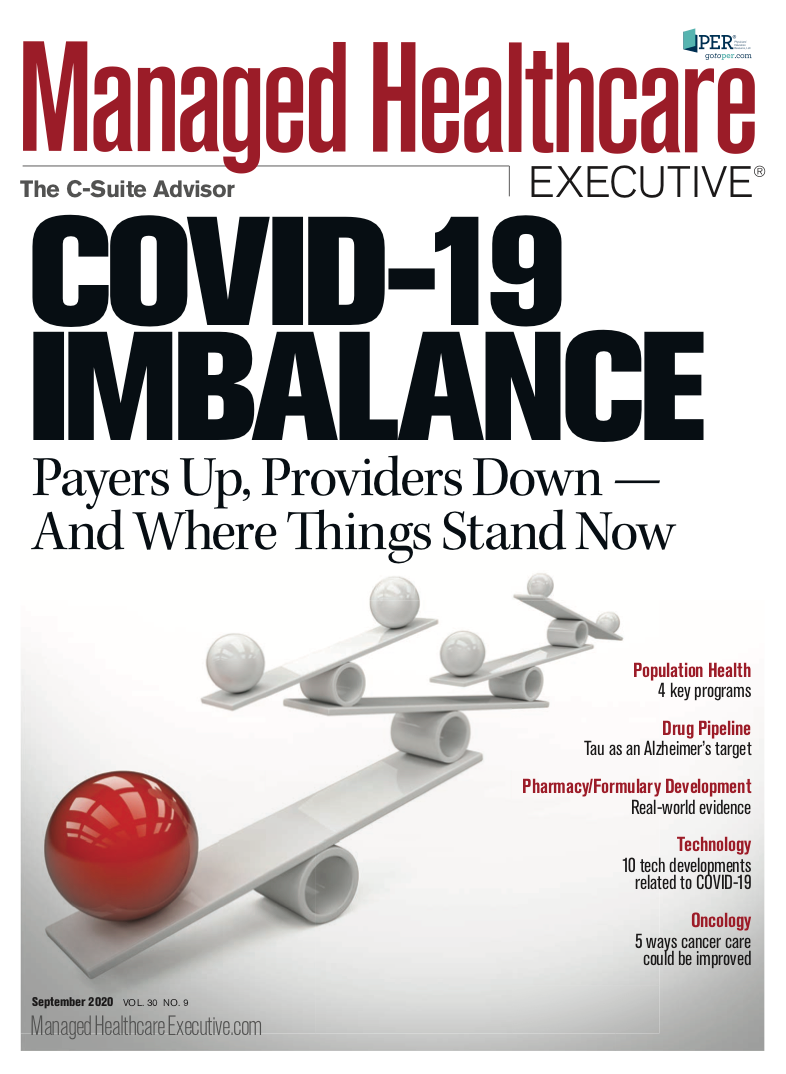Value-based care: Rethink, unclench, invite
Editorial piece by Managed Healthcare Executive's Editorial Advisory Board Member, Lili Brillstein. Brillstein is a nationally recognized expert on value-based care and the CEO of BCollaborative, a healthcare consulting company.
Transitioning to value-based care requires that healthcare system participants rethink how to deliver and compensate for healthcare. Under the current system, healthcare is delivered and paid for as incremental units of care by individual practitioners — the individual doctor’s visit, for example, or a procedure. In contrast, a value-based care system recasts the “unit” of focus as the individual patient and includes all the care that patient requires (i.e., not simply the care one provider delivers). This means that a provider must be thoughtful and clear, not only about the care they themselves deliver, but about all the up- and downstream care that others are giving to that patient. It means understanding how care affects a patient’s experience and outcome, across the full continuum of care, inside and outside of one’s particular office.
This holistic approach to care leads to the natural inclusion of a variety of providers, extending from the traditional (such as physicians, nurses and therapists) to the nontraditional (such as doulas, nutritionists and mindfulness instructors, among others). Value-based care is team-based care, and all providers must work collectively to ensure the holistic care of the patient.
Lili Brillstein

But most commercial insurance companies design benefit plans within the confines of the prevailing fee-for-service methodology. Within this system, providers are reimbursed for each procedure, test and treatment, regardless of patient outcome. A low-cost or nontraditional option will generally not be considered, even if the patient would benefit, because it’s not a covered benefit and so will not be paid by the health plan. Value-based care models, on the other hand, create an opportunity to really reconsider what has the biggest impact on a patient’s outcomes, and not only what is or is not a covered benefit.
This leads to important considerations of compensation. Under value-based care, payment is based on patient outcomes and the efficient use of resources, not on any particular increment of care. Therefore, each stakeholder must understand all the care that is required and make good choices about who to work with across the continuum of care.
Consider paying for a car service. A commercial health plan paying a fee for service probably would not cover the cost of a car service to take a member to a healthcare appointment. The car service is not “care” in the traditional sense, but getting people to the doctor’s office can have a major influence on their outcomes.Under value-based care, outcomes becomes paramount. There is also new emphasis put on evidence about quality and cost-effectiveness because both quality and cost of care factor into what providers are paid. Many nontraditional practices, unlike traditional medical procedures, are low cost and high impact.
The need for collaboration and team-oriented decision-making extends beyond the continuum of providers. Payers bring valuable experience and data to the table; health plans maintain longitudinal claims data. But most health plans are large, bureaucratic-to-their-bones organizations, so the transition to value-based care payment is often slow and halting. Clinicians who approach payers with lofty ideals, but no understanding of their limitations, are likely to wind up frustrated. Likewise, technology vendors wooing payers with dazzling innovations for the care and payment system will probably be turned away if they are unable to show support of providers (preferably in the payer’s market).
Most payers today are interested in engaging in value-based care models. However, they cannot do it alone, and no one would want them to. But providers and payers have been more foe than friend traditionally. It is only when fists unclench and the focus shifts to what each side brings to the mix that real change can occur.
Value-based care requires collective and comprehensive planning and a healthy respect for one’s prospective partners in care delivery. Throw away your need to solve everything. Invite some prospective partners to brainstorm ideas that are outside the norm. What emerges may be new ways to create outstanding experiences and outcomes for your patients, all at a surprisingly lower cost.

Extending the Capabilities of the EHR Through Automation
August 2nd 2023Welcome back to another episode of "Tuning In to the C-Suite," where Briana Contreras, an editor of Managed Healthcare Executive, had the pleasure of chatting with Cindy Gaines, chief clinical transformation officer at Lumeon.
Listen
Automate Your Practice's Workflows with These 5 Tools
October 4th 2023To maintain patient satisfaction and regulatory compliance and reduce potential clerical errors while maintaining high productivity, you can ease your staff’s burdens by automating your practice’s workflows and empower your staff to do more in less time.
Read More





















